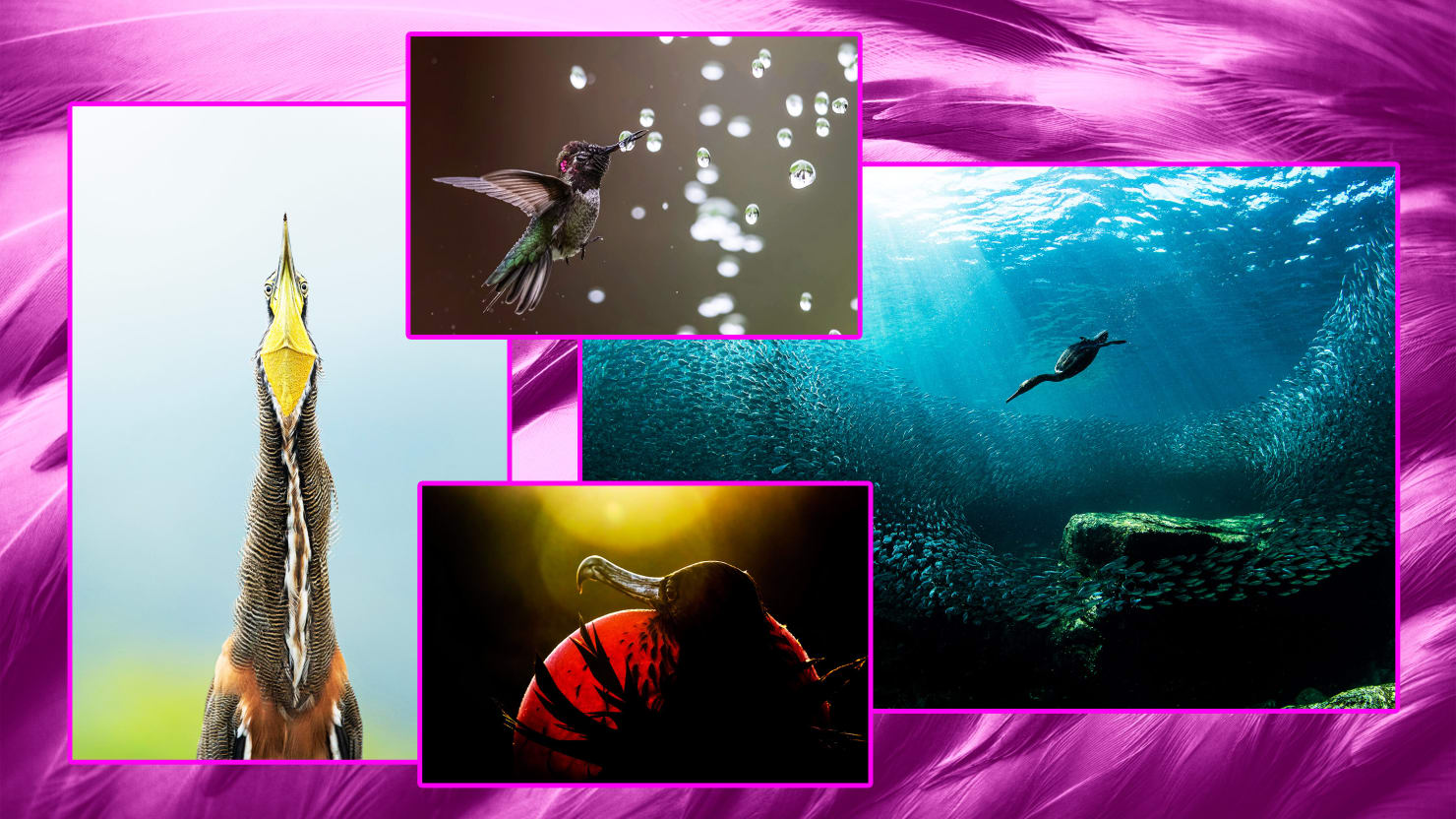Birding Is Having Its Moment During the Pandemic

I was planning to be in Colombia in April, hiking new birding trails in the Andes mountains. We were all supposed to be traveling somewhere, of course, but the pandemic saw fit to end that. Now I quarantine at home. I can’t go to the birds, but the birds—over two-dozen species—still see fit to visit me. This month, I watched Carolina wrens dutifully feed and fully fledge—the stage between hatching and flying—a nest of five in my window box. (Wrens are adorably small, feisty, and noisy birds that usually mate for life. The males make several nests and the female chooses which one she wants. When their brood is hatched, the couple takes turns, finding food and carrying away the chicks’ poop sacks. This goes on non-stop from sunrise to sunset until the babies fledge and it’s awe inspiring.)
These moments with feathered friends, who know nothing of the coronavirus, are my points of sanity—and I’m not alone. Birding not only became the new wildlife safari for many restless Americans trapped by the pandemic, it has also faced its own reckoning on issues that cover Black Lives Matter signs across American cities. At a time of explosive growth, the largely white-faced, cisgender activity has had to wrestle with its history of excluding of Black and LGBTQ+ birders.
What’s significant about the pandemic for birding? The coronavirus lockdowns came at an opportune moment for birding—Spring migration.
tinyurlis.gdu.nuclck.ruulvis.netshrtco.de
